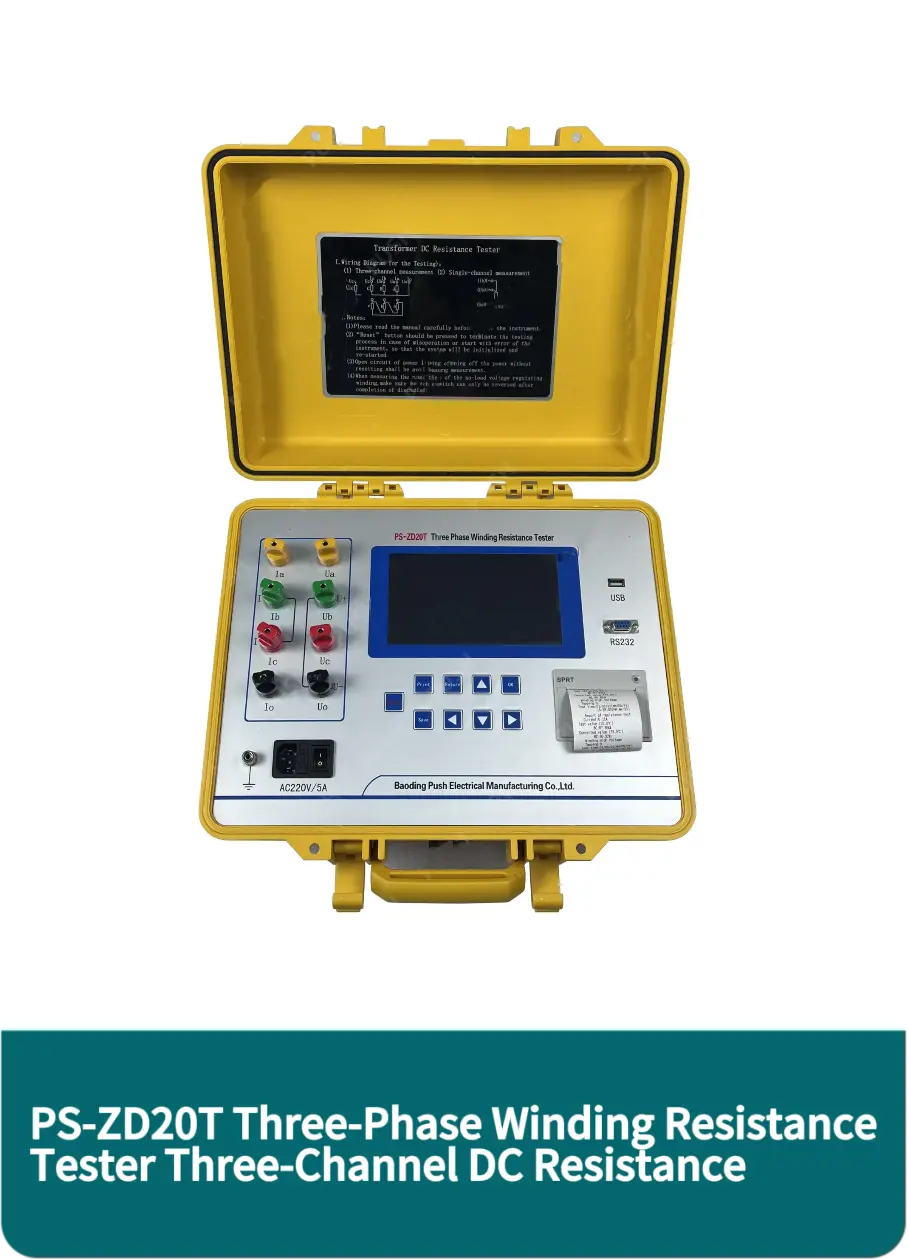 English
English



-
 Afrikaans
Afrikaans -
 Albanian
Albanian -
 Amharic
Amharic -
 Arabic
Arabic -
 Armenian
Armenian -
 Azerbaijani
Azerbaijani -
 Basque
Basque -
 Belarusian
Belarusian -
 Bengali
Bengali -
 Bosnian
Bosnian -
 Bulgarian
Bulgarian -
 Catalan
Catalan -
 Cebuano
Cebuano -
 China
China -
 China (Taiwan)
China (Taiwan) -
 Corsican
Corsican -
 Croatian
Croatian -
 Czech
Czech -
 Danish
Danish -
 Dutch
Dutch -
 English
English -
 Esperanto
Esperanto -
 Estonian
Estonian -
 Finnish
Finnish -
 French
French -
 Frisian
Frisian -
 Galician
Galician -
 Georgian
Georgian -
 German
German -
 Greek
Greek -
 Gujarati
Gujarati -
 Haitian Creole
Haitian Creole -
 hausa
hausa -
 hawaiian
hawaiian -
 Hebrew
Hebrew -
 Hindi
Hindi -
 Miao
Miao -
 Hungarian
Hungarian -
 Icelandic
Icelandic -
 igbo
igbo -
 Indonesian
Indonesian -
 irish
irish -
 Italian
Italian -
 Japanese
Japanese -
 Javanese
Javanese -
 Kannada
Kannada -
 kazakh
kazakh -
 Khmer
Khmer -
 Rwandese
Rwandese -
 Korean
Korean -
 Kurdish
Kurdish -
 Kyrgyz
Kyrgyz -
 Lao
Lao -
 Latin
Latin -
 Latvian
Latvian -
 Lithuanian
Lithuanian -
 Luxembourgish
Luxembourgish -
 Macedonian
Macedonian -
 Malgashi
Malgashi -
 Malay
Malay -
 Malayalam
Malayalam -
 Maltese
Maltese -
 Maori
Maori -
 Marathi
Marathi -
 Mongolian
Mongolian -
 Myanmar
Myanmar -
 Nepali
Nepali -
 Norwegian
Norwegian -
 Norwegian
Norwegian -
 Occitan
Occitan -
 Pashto
Pashto -
 Persian
Persian -
 Polish
Polish -
 Portuguese
Portuguese -
 Punjabi
Punjabi -
 Romanian
Romanian -
 Russian
Russian -
 Samoan
Samoan -
 Scottish Gaelic
Scottish Gaelic -
 Serbian
Serbian -
 Sesotho
Sesotho -
 Shona
Shona -
 Sindhi
Sindhi -
 Sinhala
Sinhala -
 Slovak
Slovak -
 Slovenian
Slovenian -
 Somali
Somali -
 Spanish
Spanish -
 Sundanese
Sundanese -
 Swahili
Swahili -
 Swedish
Swedish -
 Tagalog
Tagalog -
 Tajik
Tajik -
 Tamil
Tamil -
 Tatar
Tatar -
 Telugu
Telugu -
 Thai
Thai -
 Turkish
Turkish -
 Turkmen
Turkmen -
 Ukrainian
Ukrainian -
 Urdu
Urdu -
 Uighur
Uighur -
 Uzbek
Uzbek -
 Vietnamese
Vietnamese -
 Welsh
Welsh -
 Bantu
Bantu -
 Yiddish
Yiddish -
 Yoruba
Yoruba -
 Zulu
Zulu
Testing Transformer Performance Using a Multimeter for Accurate Measurements
Testing Transformers with a Multimeter A Comprehensive Guide
Transformers are essential components of electrical systems, facilitating the efficient transfer of electrical energy between circuits through electromagnetic induction. They are ubiquitous in power distribution, audio systems, and various electronic devices. To ensure that a transformer operates properly and safely, testing is necessary, and a multimeter is one of the most effective tools for this task. In this article, we will explore how to test transformers with a multimeter, covering the types of tests to conduct and the readings to look for.
Understanding Transformers
Before diving into testing, it’s crucial to understand the function of a transformer. A transformer consists of two or more coils of wire (windings) around a magnetic core. When an alternating current passes through one coil (the primary winding), it generates a magnetic field that induces a current in the second coil (the secondary winding). The voltage can increase or decrease depending on the turns ratio of the coils. Transformers are characterized by their voltage ratings and power handling capacities.
Safety First
When testing transformers, safety should always be the priority. Ensure that the transformer is disconnected from the power source before proceeding. Always wear appropriate personal protective equipment, and if unsure about the procedures, consult with or hire a professional electrician.
Utilizing the Multimeter
A multimeter is an invaluable instrument that can measure voltage, current, and resistance. For transformer testing, you will primarily use it for resistance and voltage measurements.
Testing Resistance
1. Set Up the Multimeter Turn the multimeter dial to the resistance (Ω) setting. This setting measures the resistance in ohms. 2. Measure the Primary Winding Connect the multimeter probes to the terminals of the primary winding. A typical reading should show a low resistance, usually from a few ohms to a few hundred ohms.
test transformer with multimeter

3. Measure the Secondary Winding Repeat the process for the secondary winding. The resistance measurement should also be relatively low.
4. Check for Shorts While you are measuring, also check for short circuits between the windings. To do this, place one probe on one terminal of the primary winding and the other probe on the secondary winding terminal. If the multimeter shows a reading of zero ohms or very low resistance, it indicates a short circuit.
Voltage Testing
After confirming the resistance values are normal, you can perform a voltage test when it is safe to do so
1. Reconnect the Transformer Ensure that all connections are secure, and reconnect the transformer to the power source. 2. Set Up for Voltage Measurement Once the power is restored, switch the multimeter to the AC voltage (V~) setting.
3. Measure Input Voltage Place the probes at the input terminals of the primary winding. Ensure that the voltage reading matches the expected input voltage.
4. Measure Output Voltage Finally, measure the voltage at the secondary winding terminals. This should correspond to the expected output voltage based on the turns ratio.
Conclusion
Testing transformers with a multimeter is a straightforward process that can help identify issues such as winding shorts or open circuits. Regular testing can prevent potential failures and enhance the reliability of electrical systems. By following the steps outlined above, you can ensure that your transformers are functioning correctly and safely, thus maintaining the integrity of the electronic devices and systems they support. Always prioritize safety and seek professional assistance when in doubt.
-
Testing Equipment Industry Sees Major Advancements in 2025: Smart & Precision Technologies Lead the WayNewsJun.06,2025
-
Applications of Direct Current Generators in Renewable Energy SystemsNewsJun.05,2025
-
Hipot Tester Calibration and Accuracy GuidelinesNewsJun.05,2025
-
Digital Circuit Breaker Analyzer Features and BenefitsNewsJun.05,2025
-
Benefits of Real-Time Power Quality Monitoring Devices for Industrial EfficiencyNewsJun.05,2025
-
Earth Fault Loop Testing in High-Rise Building Electrical SystemsNewsJun.05,2025



